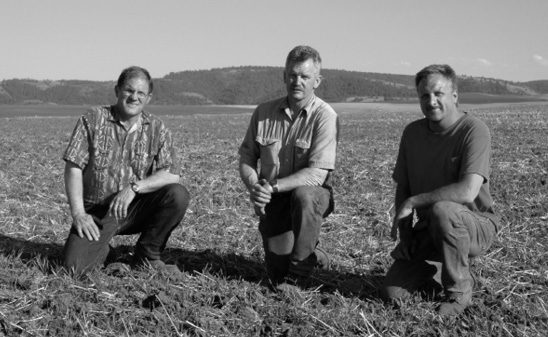No-Till Farmer
Get full access NOW to the most comprehensive, powerful and easy-to-use online resource for no-tillage practices. Just one good idea will pay for your subscription hundreds of times over.

Few no-till operations keep more detailed accounting records than the Wittman family farm at Culdesac, Idaho.
Their accounting system has paid big dividends in analyzing all aspects of this highly diversified crop, cattle and timber operation, while giving managers the ability to quickly react to ever-changing economic conditions.
Management responsibilities are split among four family members:
Pete Wittman manages the ranch’s 300-cow beef herd and is implementing a new hunting and recreation program.
The partners experimented with direct seeding with hoe opener and disc drills for about 15 years. They retired the plows in the mid-’80s when they moved to 100% minimum tillage.
After years of experimenting, they switched to 100% no-till (called direct seeding in the Pacific Northwest) in 1999.
They credit the system with reducing costs, letting them farm more acres in less time, allowing them to qualify for incentives through USDA’s Conservation Stewardship Program, decreasing equipment investments and boosting margins.
They use 33- and 45-foot-wide air seeders that no-till paired rows on 9- to 12-inch centers. Harvesting is done with four combines.
The Wittmans have traditionally grown winter and spring wheat, barley, peas and lentils. In good years, wheat can yield 120 bushels per…